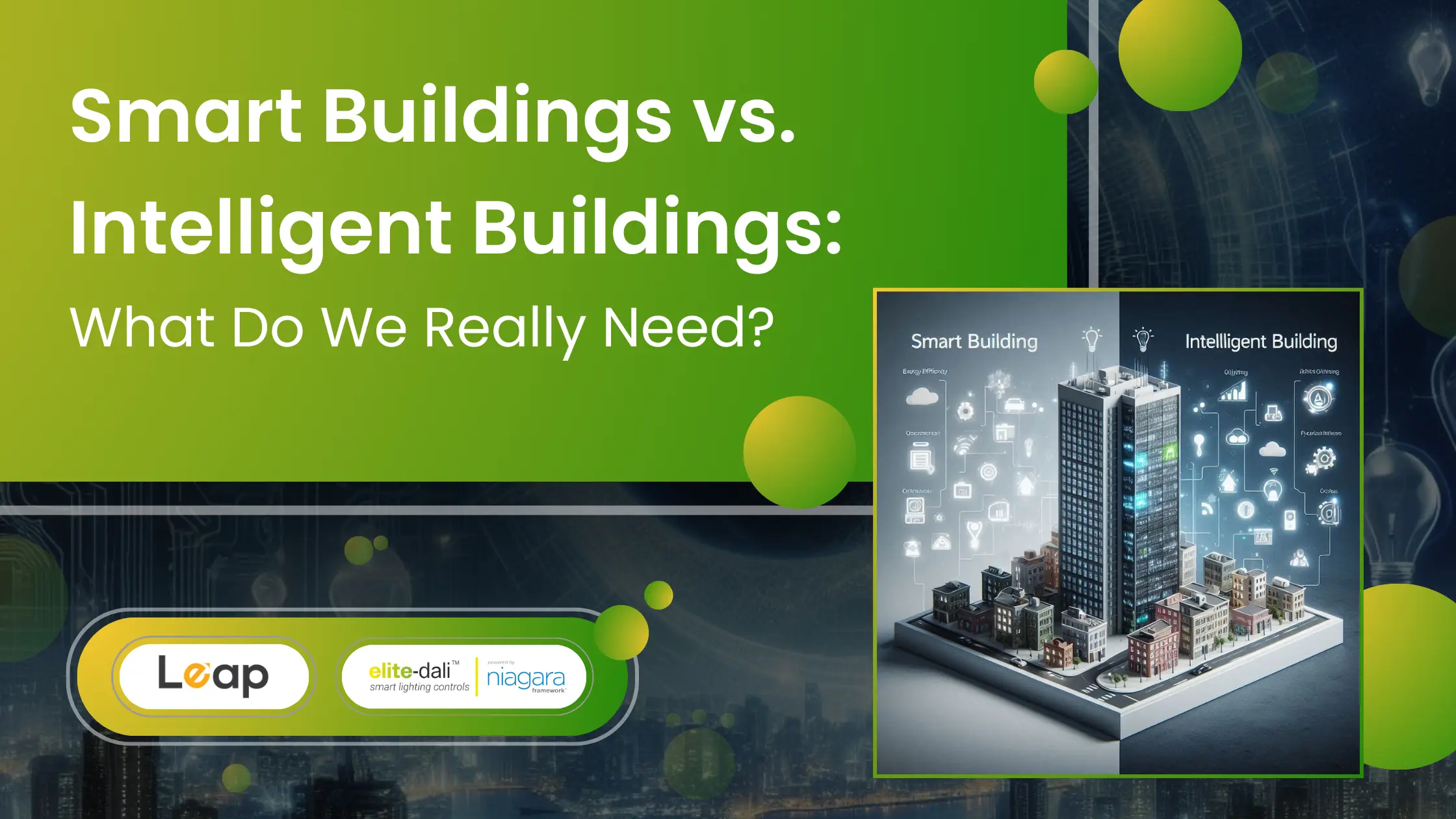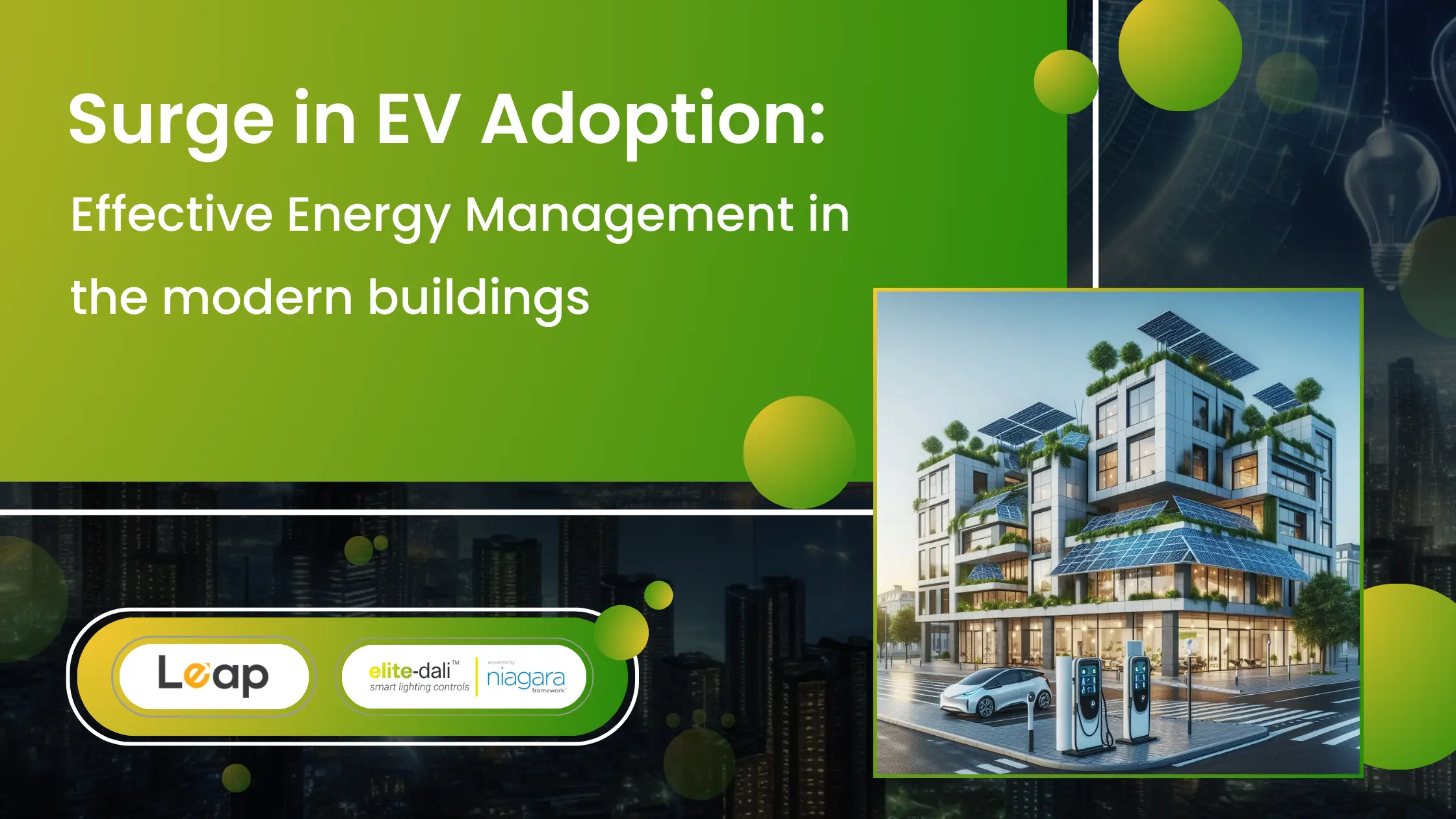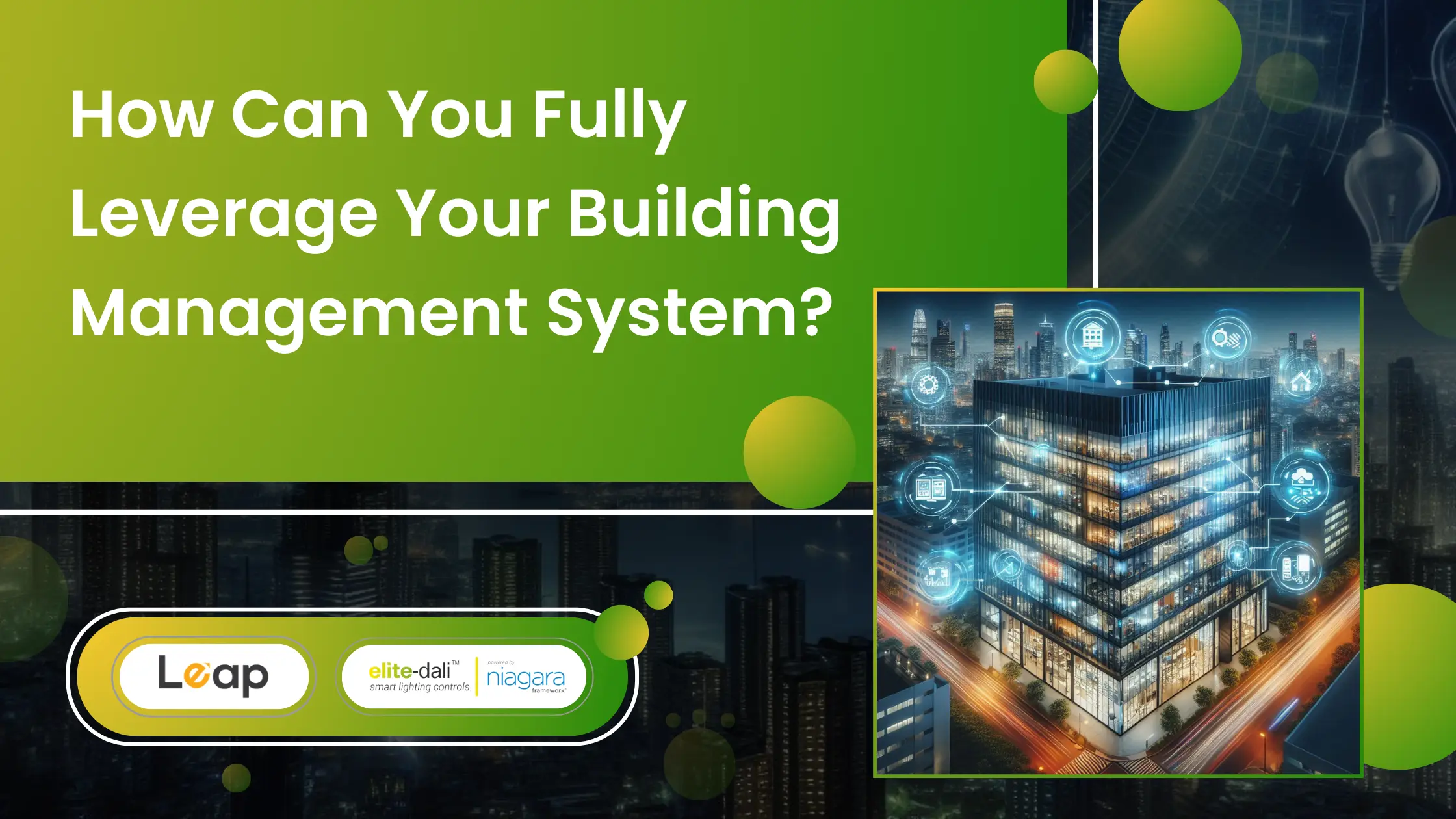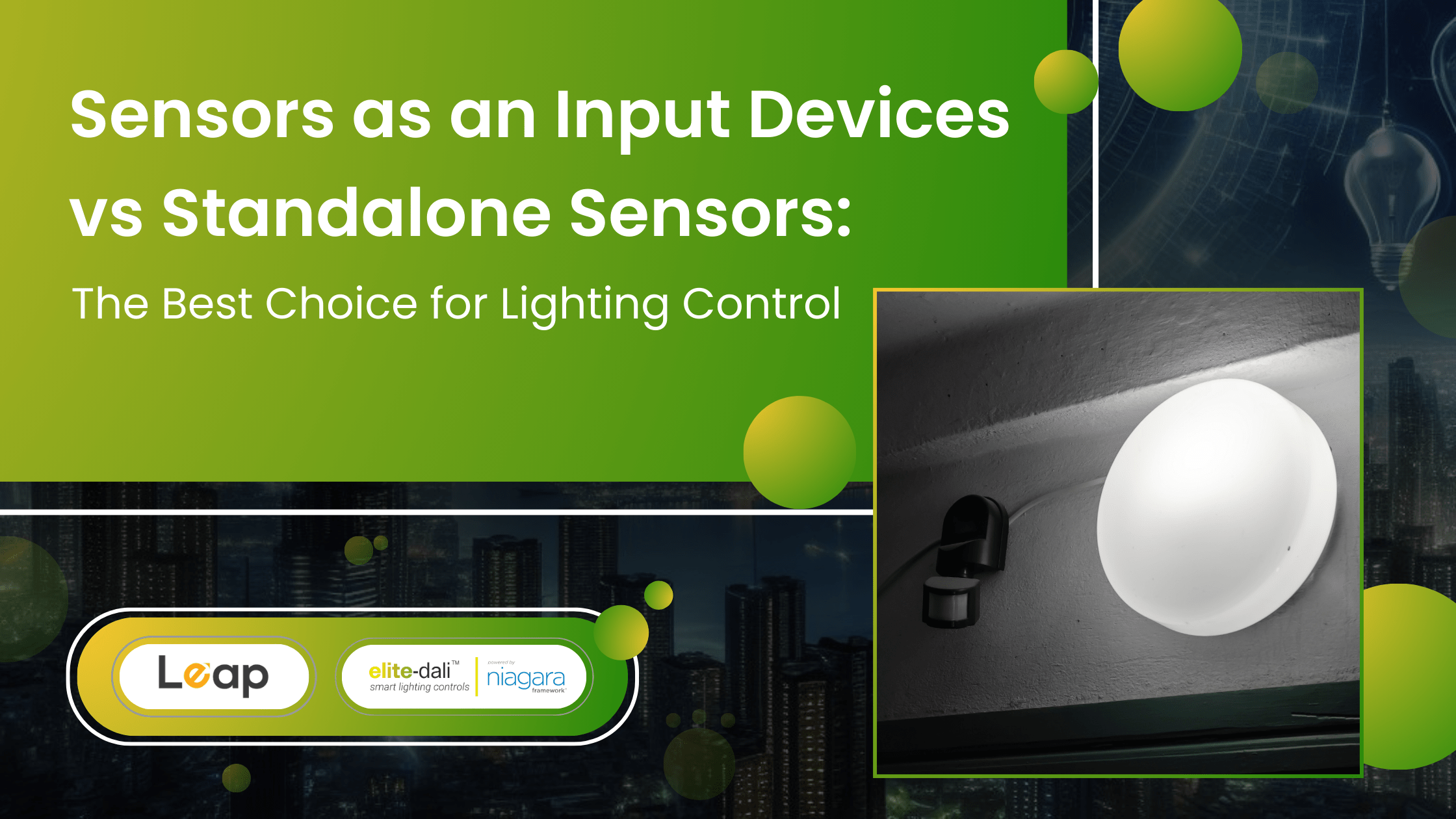Lighting Automation: Defining New Lifestyles
All of us have been used to the idea of turning lights on or off by the simple push of a button. But despite that, can we really say that we have enjoyed control over our lighting systems all this while? Lighting control as a concept touches various aspects which we tend to overlook in our day to day life. From the convenience of switching lights on, to energy management, and ensuring comfort and peace of mind, lighting control allows you to manipulate it all.
However, it’s somewhat difficult for us to be aware about changing light settings every now and then and enjoying the benefits of this control. Thus, the idea of Automated Lighting Control has emerged wherein the system can sense the time, temperature, movements, etc. in a given space and automatically adapt to it by altering the light settings. Exciting, isn’t it? Let’s try and explore more about Lighting Automation, and why it’s being thought of as the next big thing.
Table of Contents
Lighting Automation for Energy Conservation
The conservation and management of electrical energy are associated with several other facets like expenditures, environment protection, equipment preservation, etc. Due to this, modern-day electrical appliances and systems are being designed such that an optimal level of energy efficiency is the number one priority. You would commonly spot HVAC systems in commercial spaces for the same purpose, and similarly, automated lighting systems for home and offices need to be used to comply with the highest energy-saving standards.
Compared to traditional lighting systems, Automated Lighting Control systems have sensors that regulate the output strictly as per the requirements of the user. Since lighting uses almost 20% of the electricity generated, and it alone produces more than 20 million tons of carbon dioxide each year, it should be our prerogative to install systems that can help us minimize the wastage of energy in this form.
Lighting Automation For Better Work Efficiency
The biggest selling point for lighting automation systems is their influence on lifestyles. These systems make very subtle contributions to daily living, but still, their impacts on comfort and safety are far-reaching. Lighting automation eliminates the need to manually switch on/off the lights, thereby providing convenience alongside preventing overuse. This way, workers would no longer have to focus on secondary aspects like light bill savings, and can contribute in more productive ways to the organization.
Features of Lighting Automation In Commercial Workplace
Several kinds of lighting control options can be used in commercial settings. These include:
● Smart Lighting And Cameras
In many types of automated lighting systems for homes and commercial spaces, the integration of smart lighting with security systems has become an integral part of the security management protocol. The automatic use of infrared lighting when it starts getting dark is one example of how lighting automation works for security purposes. With infrared illumination, the scenes captured by security cameras become more clear, adding an additional protective mechanism to your security management system.
● Motion Sensing
Fitting specialized sensors at different locations and rooms can help in implementing motion-sensing for lighting systems. These sensors can receive inputs about movements within a space and then accordingly turn lights off or on so that electrical energy is used only when the need arises. In fact, most business owners want automated lighting systems to be installed in their workspace so that they can enjoy the benefits of occupancy sensing, which has proven effects on reducing exorbitant electricity bills.
● Convergent Lighting
Another simple yet exciting offering of automated lighting systems is the convergent lighting feature. As per this, you can integrate any lighting control system with a building management system easily. This makes lighting control easier to implement because now an existing central portal can be used to control everything for a building, be it lighting, security systems, fire alarms, etc. Again, this has significant effects on reducing energy consumption, and eventually, even the electricity bills reflect lower costs.
The Final Note
So, as you can see, the process of making a commercial space truly smart cannot be completed without lighting automation. Lighting automation has significant effects on lifestyles and provides benefits like convenience, comfort, elegance, etc. Further, since it’s crucial for businesses to manage and curtail their expenses, the efficiency of lighting automation products will certainly attract many organizations as they help save a lot on electricity bills.
Lighting control solutions by elitedali have had subtle but impactful influences on security, comfort, etc. elitedali’s convergent lighting solutions have enabled the easy inclusion of lighting automation in everyone’s lives, with advanced automation lighting control systems.
elitedali’s interoperable and vendor agnostic solutions are attracting more business owners to upgrade their living space with these systems. The reduced costs and expenditures on electricity are like a cherry on top, managing every dimension of commercial lighting for every kind of business.








